I'm an interior designer and these are my tips for bringing luxury hotel design home
These interior design lessons learned from designing The Twenty Two are just as useful in a home as in a hotel
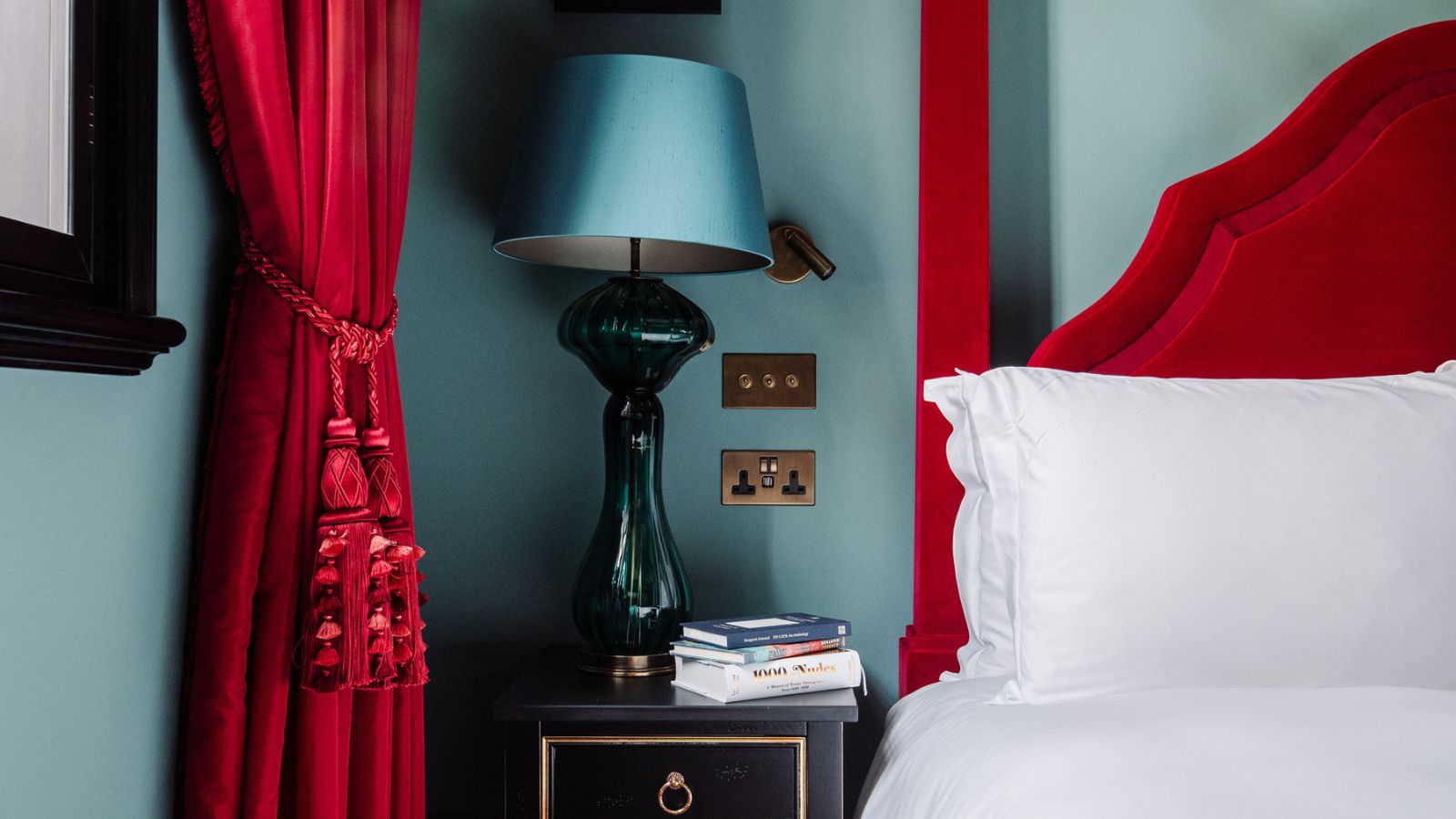

Lola Houlton
For my first hotel project, I brought new life to the extraordinary building that is The Twenty Two, a five storey, historic, former family home in Grosvenor Square, London, which opened in May 2022.
With opulent, maximalist interiors inspired by 18th Century France, I paid homage to the grandeur of this magnificent Mayfair building. One of the most exciting new openings this year, the design for this interior was on a grand scale, but there are elements that can be incorporated into a home.
Rather than being a home for a lifetime, hotel spaces will be inhabited for moments not years, so when we were creating The Twenty Two, we had the opportunity to be more provocative in the color choices and experience.
As a result these interiors are more theatrical than a house we would design for a client, but that doesn't mean you can't pull inspiration from hospitality spaces when designing your home, and especially looking for bedroom design ideas.
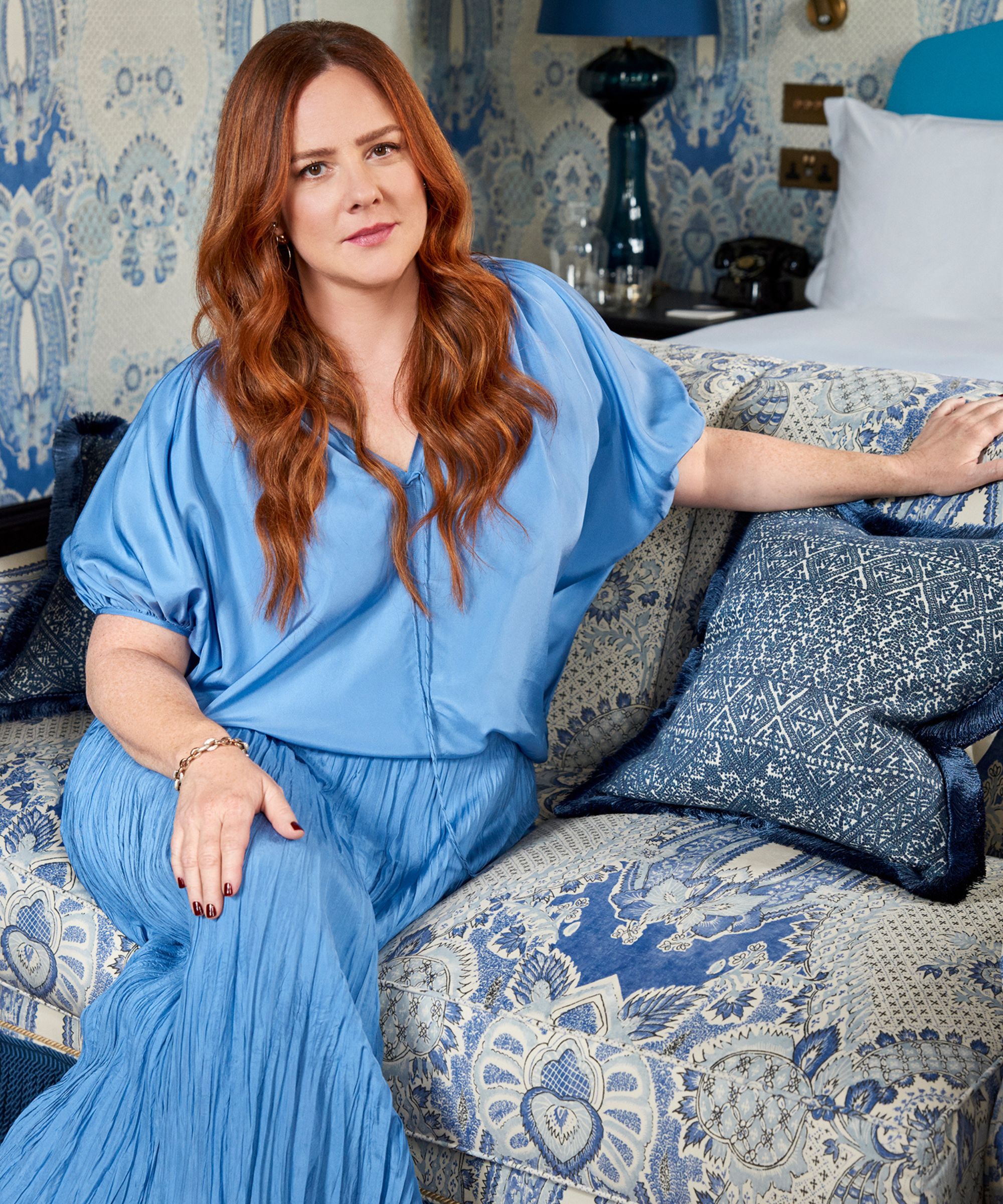
Natalia Miyar is one of the strongest international interior design talents to emerge in recent years. As a trained architect she approaches design with a skilful understanding of balance and proportion, creating spaces which are both considered and lively with a finely tuned eye for materiality. Her eponymous London atelier is a conduit for creative collaboration characterized by a confident and artful use of color, pattern and texture. With bases in London and Miami the fast-growing transatlantic team spearheaded by Natalia create effortlessly luxurious homes that are sought by a global stable of private clients favouring a client-faced approach.
1. Luxurious Informality
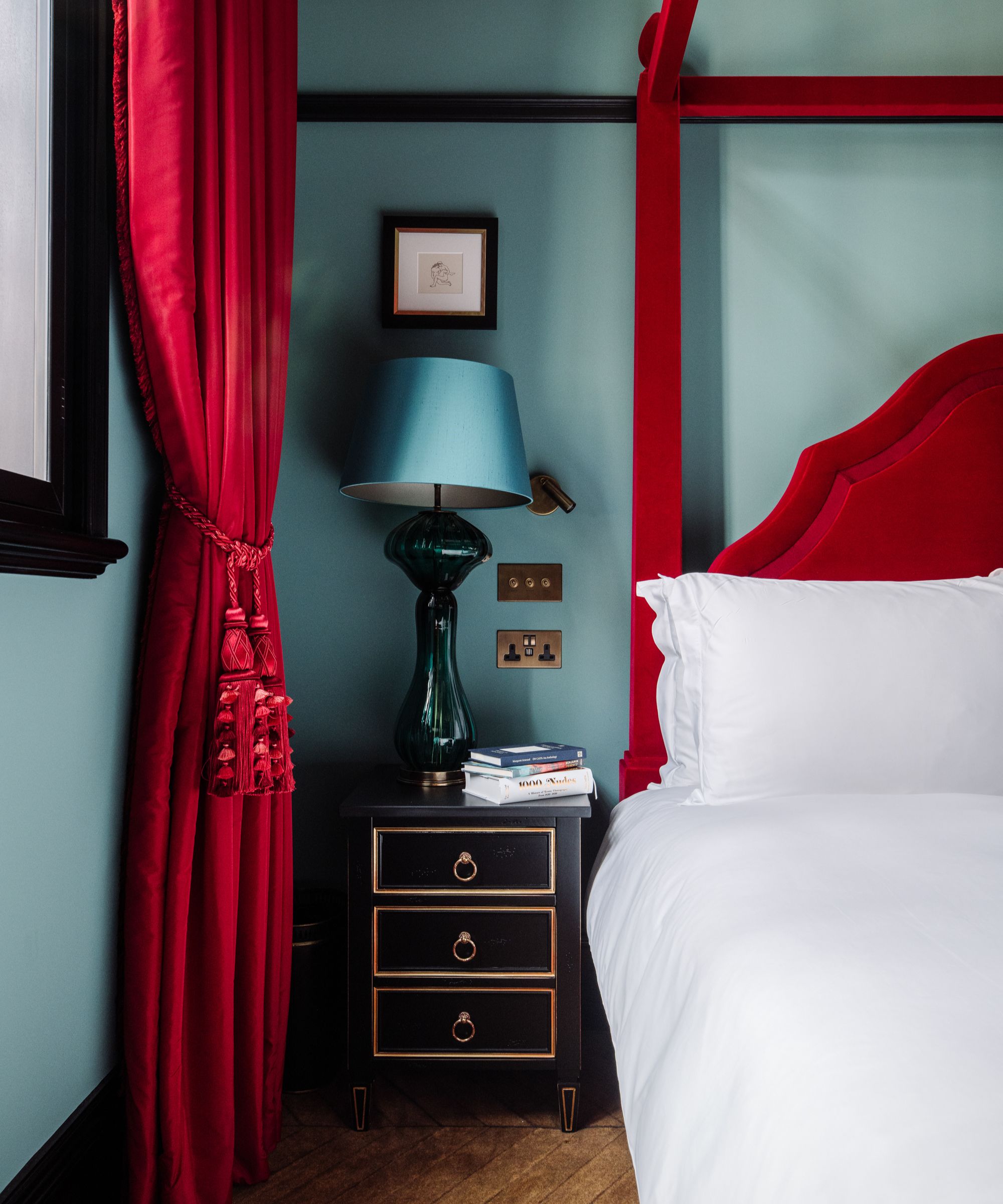
One of my key design aims for The Twenty Two was to create a sense of luxurious informality to elevate what a comfortable space could be. This was done through my choice of materials and textures combined with juxtaposing classical design elements.
There should be an emphasis on using the right fabrics and textures to help set the tone for the space. I am a strong proponent of comfort – a fabric shouldn't just look good, but feel good against the skin and it should enhance the experience of the room. We used rich, plush velvets throughout the hotel to help balance that sense of luxury and comfort.
Bed linen is equally important, you can't go wrong with crisp white cottons or silks, both for comfort and to elevate your bedroom to hotel standards. Pair with saturated velvets and fringe in distinctive, bold colors to imbue the space with exuberance and energy.
Design expertise in your inbox – from inspiring decorating ideas and beautiful celebrity homes to practical gardening advice and shopping round-ups.
2. Cohesion between rooms
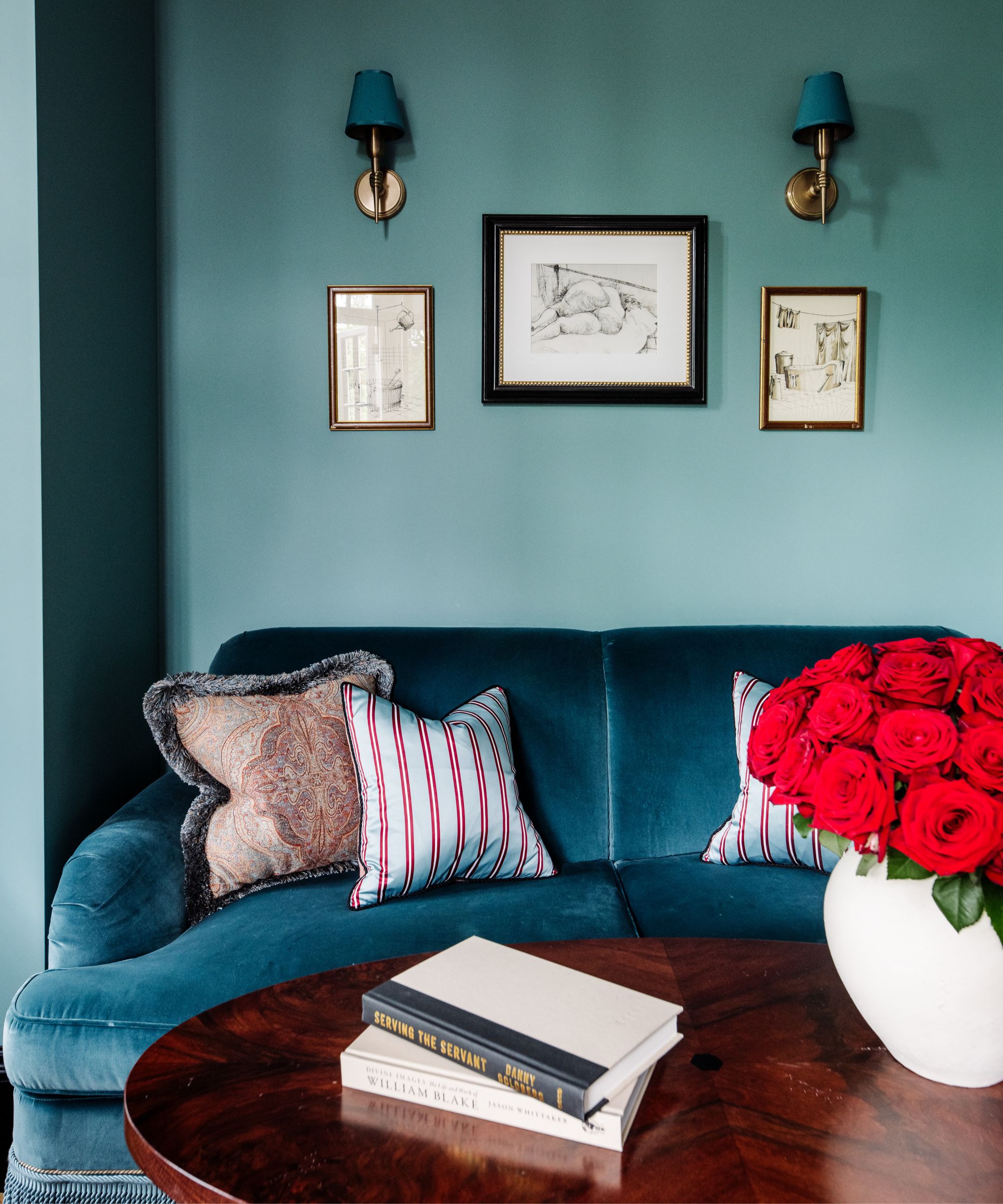
Carrying themes, color palettes and design signatures across each room creates a unified, polished look. Viewing each room within the home as a whole experience rather than isolated sections allows for equal proportions of detail and quality, and each space can be accented with signature touches to bring out a greater sense of personality while keeping it cohesive.
We wanted the experience at The Twenty Two to be universal for guests and members, and to allow everyone to benefit from the same level of bespoke detailing, quality and style. That ethos should carry over into your own home to help create a cohesive space – rooms can have distinctive characteristics but should be unified by a common thread and shared inspiration.
Unique and interesting pieces that act as conversation starters help to bring personality to a space. Antiques markets are often a great place to find rare decorative objects.
I had so much fun shopping at the Paris Flea Market for vintage artworks, furniture, and other objects to make each space at The Twenty Two a truly unique experience. The overall effect is fun and memorable without taking itself too seriously.
3. Lighting and tech
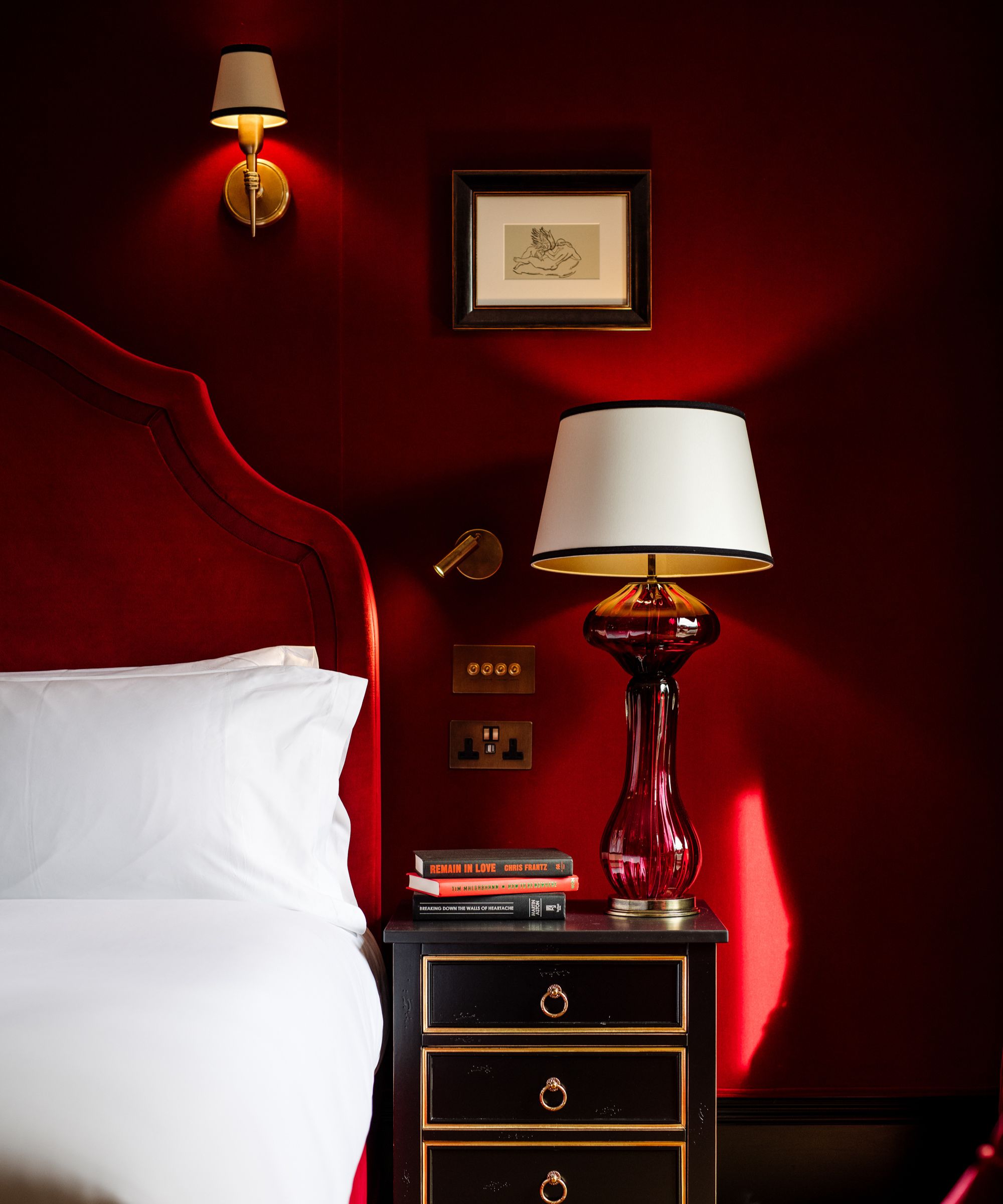
When it comes to lighting, it might be the last thing you notice in a hotel room but it is often the hardest thing to get right and sets the tone for everything else. There should be enough natural light during the day, and then layers of artificial light to achieve the perfect lighting scheme for different purposes, such as getting ready in the mornings, or focussed task lighting for reading, and soft calming lighting that is conducive to sleep is imperative for the evenings.
Statement lights on bedside tables, dressing tables or desks, as well as floor lamps, create different levels and layers of lighting to illuminate the different surfaces in the room.'
For sleep and relaxation spaces, light pollution can heavily affect your sleep patterns and mood. Try to avoid tech that gives off a strong glare or has lights on when on standby, as they can cause disturbance in low light settings and also clash with the ambience of the space – instead choose inconspicuous tech that can be easily concealed within the décor.
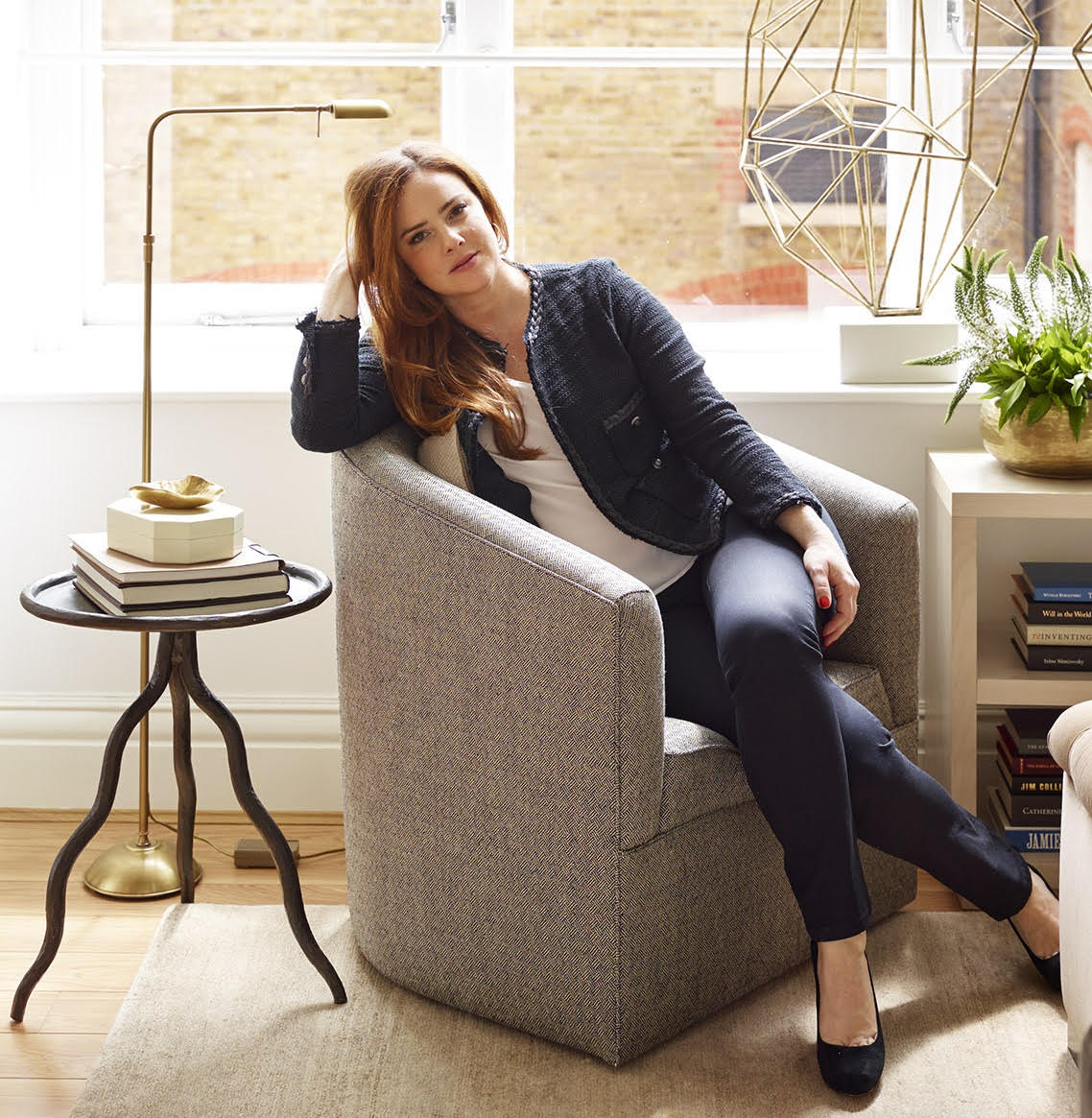
As a trained architect Natalia Miyar approaches design with a skilful understanding of balance and proportion, creating spaces which are both considered and lively with a finely tuned eye for materiality. Her eponymous London atelier is a conduit for creative collaboration characterized by a confident and artful use of color, pattern and texture. With bases in London and Miami the fast-growing transatlantic team spearheaded by Natalia create effortlessly luxurious homes that are sought by a global stable of private clients favouring a client-faced approach.
- Lola HoultonNews writer